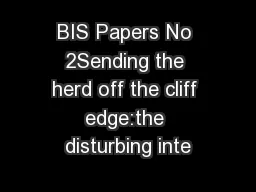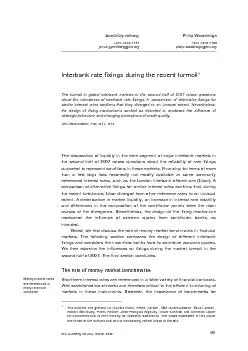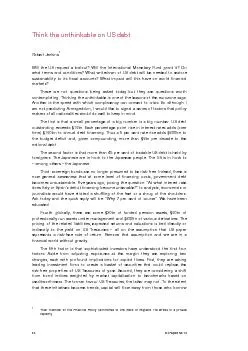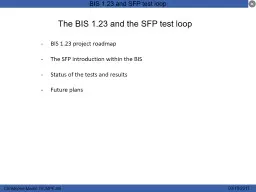PDF-BIS Papers No 2Sending the herd off the cliff edge:the disturbing inte
Author : trish-goza | Published Date : 2015-08-06
1 BIS Papers No 2Table 1Global financial crises in the 1990s DateCrisisCountries where the real exchange rate fell bymore than 10 over one month 19921993
Presentation Embed Code
Download Presentation
Download Presentation The PPT/PDF document "BIS Papers No 2Sending the herd off the ..." is the property of its rightful owner. Permission is granted to download and print the materials on this website for personal, non-commercial use only, and to display it on your personal computer provided you do not modify the materials and that you retain all copyright notices contained in the materials. By downloading content from our website, you accept the terms of this agreement.
BIS Papers No 2Sending the herd off the cliff edge:the disturbing inte: Transcript
Download Rules Of Document
"BIS Papers No 2Sending the herd off the cliff edge:the disturbing inte"The content belongs to its owner. You may download and print it for personal use, without modification, and keep all copyright notices. By downloading, you agree to these terms.
Related Documents














